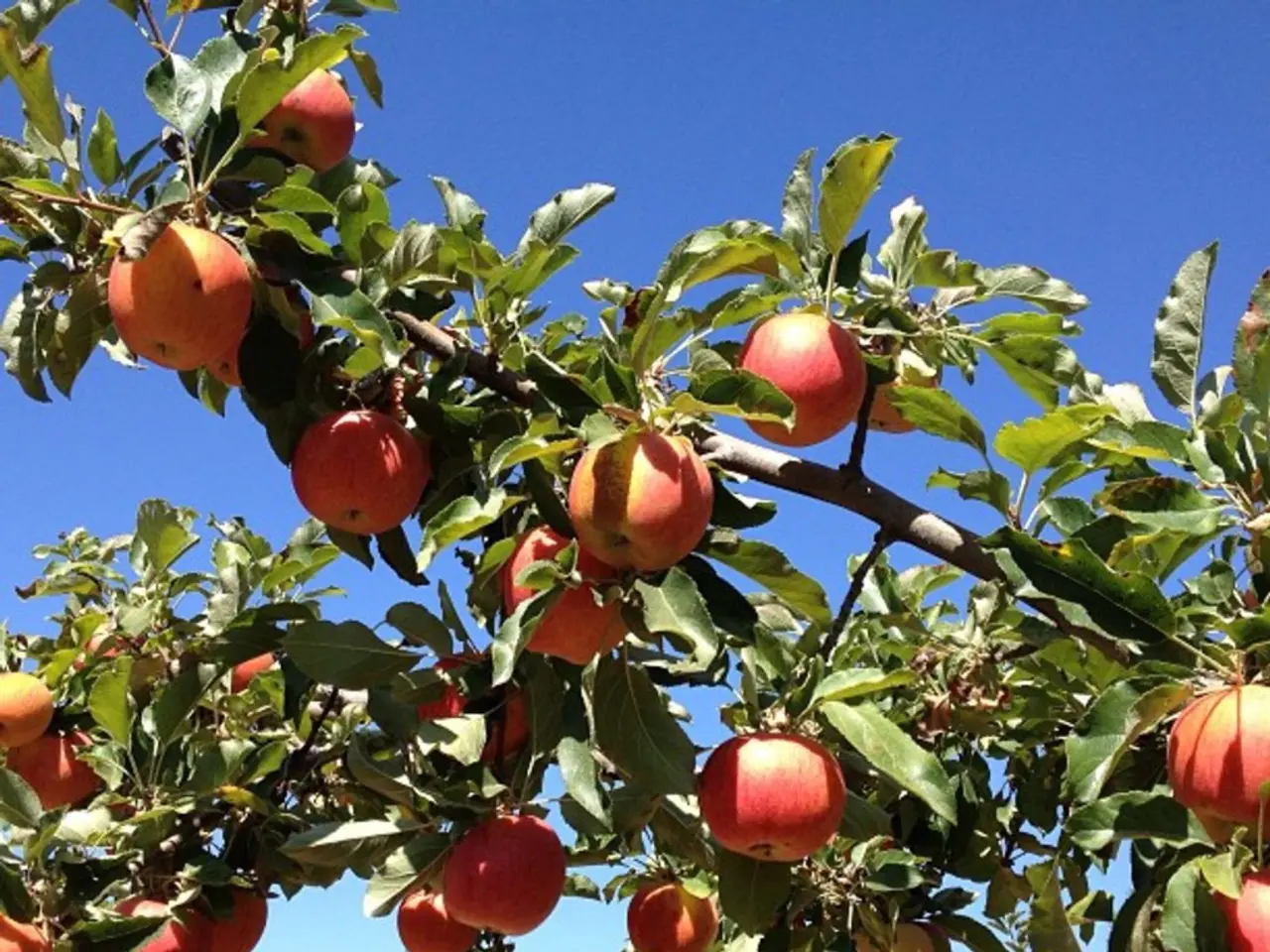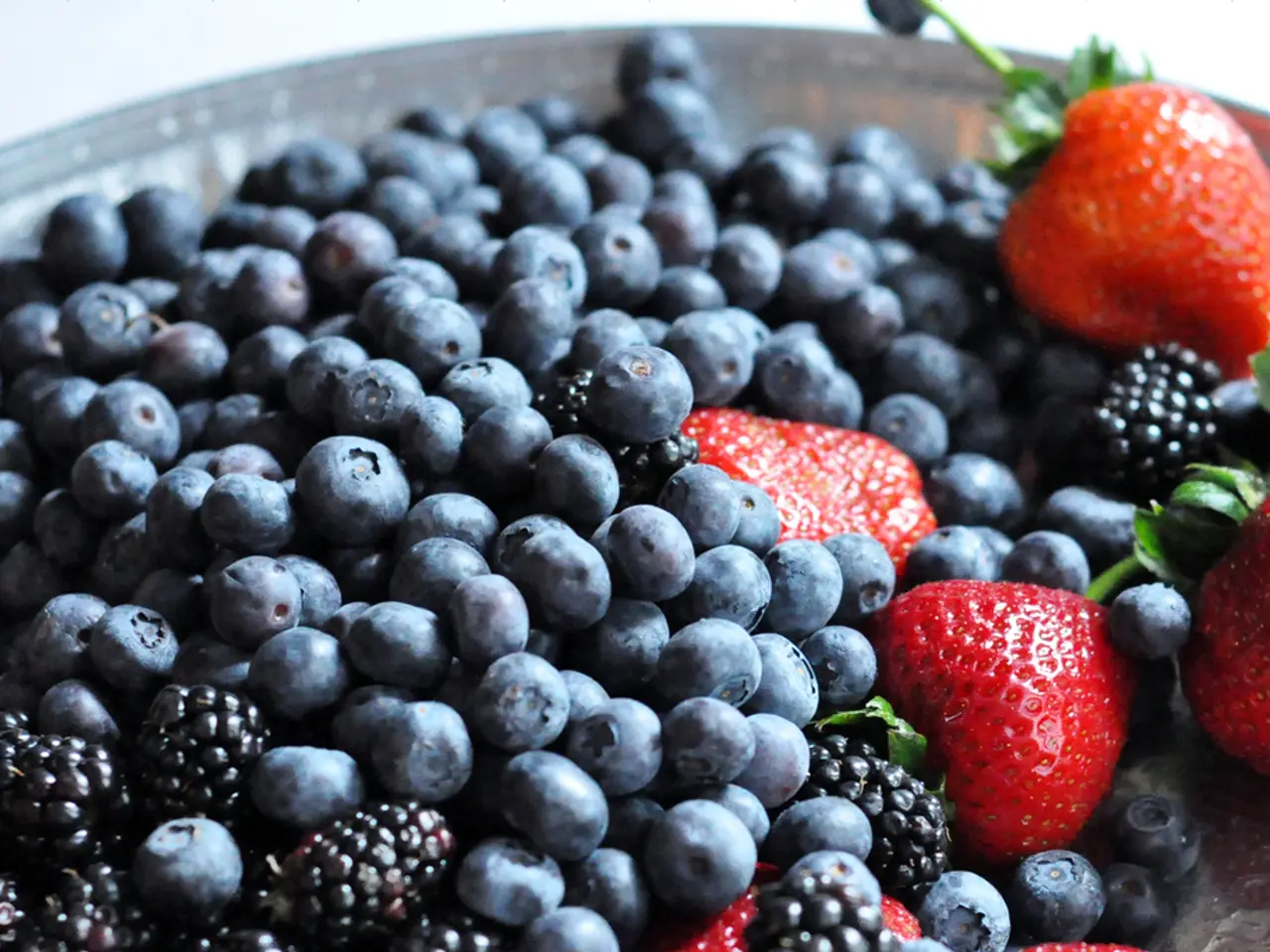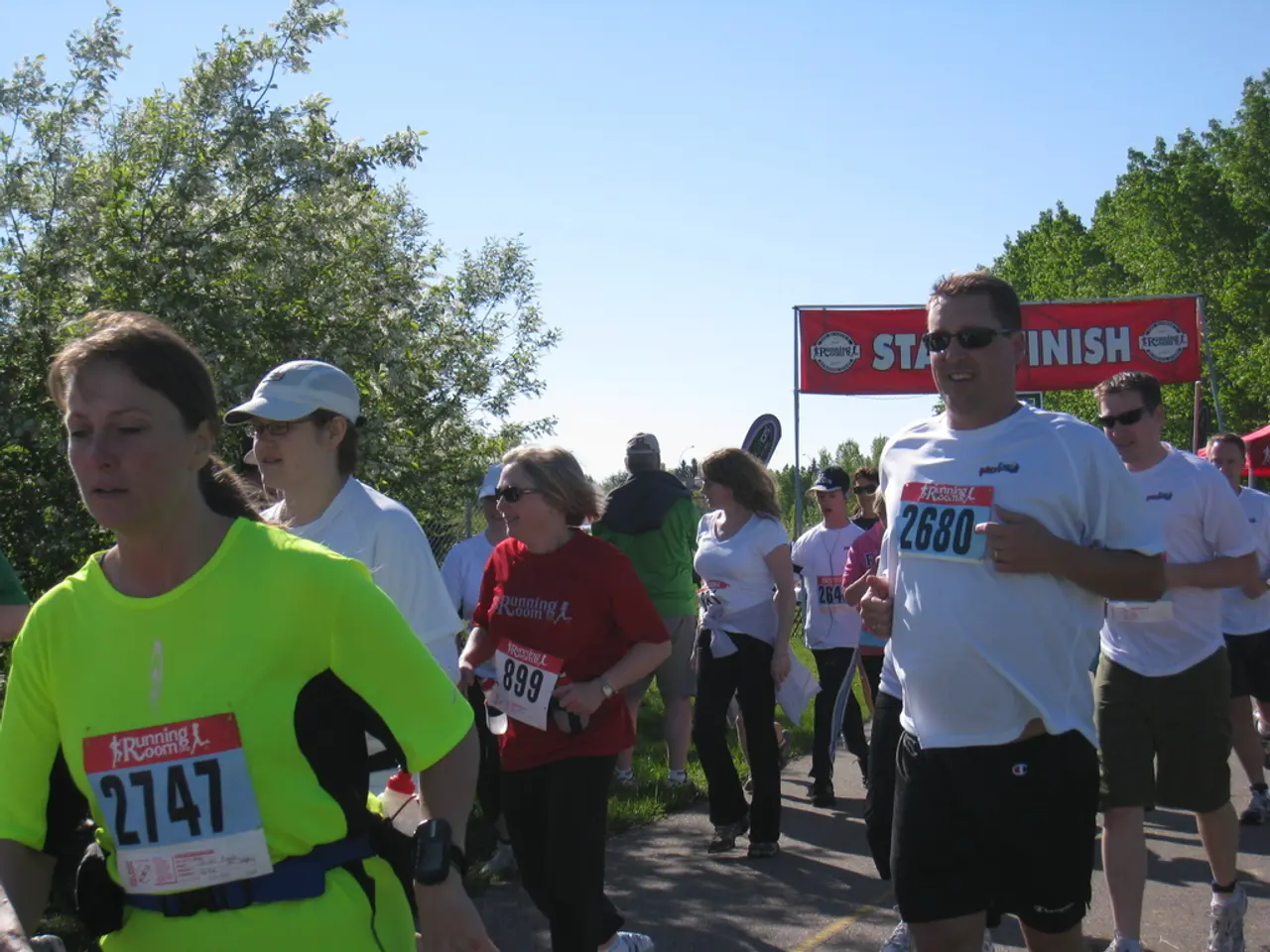Planting Apple Seeds: A Guide to Fostering Germination from Pips and Encouraging Growth
If you've ever wondered if you could grow your own apple tree from a seed, the answer is yes! Here's a comprehensive guide to help you understand the factors affecting variety and germination success.
**Growing Apple Trees from Seeds**
1. **Collecting Seeds:** Save seeds from healthy, ripe apples for better chances of success.
2. **Preparing Seeds:** Apple seeds often require stratification (cold treatment) as they have dormancy mechanisms. Place seeds in a moist paper towel inside a plastic bag and refrigerate them for several weeks.
3. **Planting Seeds:** After stratification, plant the seeds about half an inch deep in soil, root side down, in a pot or directly in garden soil. Keep the soil moist but not waterlogged.
4. **Germination and Growth:** Seeds will germinate and develop into seedlings. Provide sufficient light, water, and nutrients for healthy seedling growth.
5. **Transplanting:** Once seedlings are strong enough, they can be transplanted to a larger pot or outdoors in a suitable location.
**Factors Affecting Seed Germination and Variety**
| Factor | Description | |---------------------|-------------------------------------------------------------------------------------------------| | **Water** | Seeds need water to trigger germination; water uptake activates enzymes for growth energy. | | **Oxygen** | Adequate oxygen is essential for cellular respiration during germination; avoid waterlogging. | | **Temperature** | Apple seeds require a suitable temperature range; extremes can inhibit seed sprouting. | | **Light/Darkness** | Some seeds need light or darkness to germinate; apples generally germinate well with soil cover.| | **Seed Dormancy** | Apple seeds have dormancy with hard coats and chemical inhibitors; stratification breaks dormancy.| | **Seed Variety** | Seeds from hybrid apples may not produce true-to-type offspring; open-pollinated or heirloom seeds are better for consistent varieties.| | **Cross-Pollination** | Apple trees naturally cross-pollinate, leading to hybrid seeds. Offspring may differ from parent variety.|
**Important Notes on Variety**
- Apple trees grown from seed often do not produce fruit identical to the parent apple due to genetic variability and cross-pollination. - For true-to-type apple varieties, grafting from known cultivars is the preferred method. - Seeds from heirloom or open-pollinated apples are more likely to produce stable, predictable traits than seeds from hybrids.
Growing apples from seed is an interesting and rewarding process for experimentation and learning. However, it's important to note that the fruit variety from seed-grown trees may vary due to genetics and cross-pollination. For consistent apple types, grafting is usually recommended.
No specific tools or advanced techniques are needed for sowing apple seeds. Use containers for planting apple seeds to better control conditions. Water regularly and deeply to help young apple trees develop strong roots. Growing apples from scratch requires patience, but the reward of watching your own tree bear fruit can be incredibly satisfying.
Planting apple seeds in the fall allows for natural stratification, which is necessary for seeds to break dormancy and germinate. If growing seeds indoors, plant seedlings outside in spring to give them a long growing season. Gently rub apple seeds on sandpaper to nudge the germination process along. Apple trees grow best in full sun and moderate temperatures. Let the seeds air dry after removing them from a mature, ripe apple. Apple trees need another apple tree nearby for cross-pollination when they are ready to flower.
Happy seed sowing, and may your apple tree flourish!
Transplanting seedlings into a larger pot or the home-and-garden soil is crucial once they have grown strong enough, ensuring they continue to develop healthily. The lifestyle of an avid gardener often includes transplanting seedlings as part of their home-and-garden hobbies, experimenting with various fruits such as apples.




